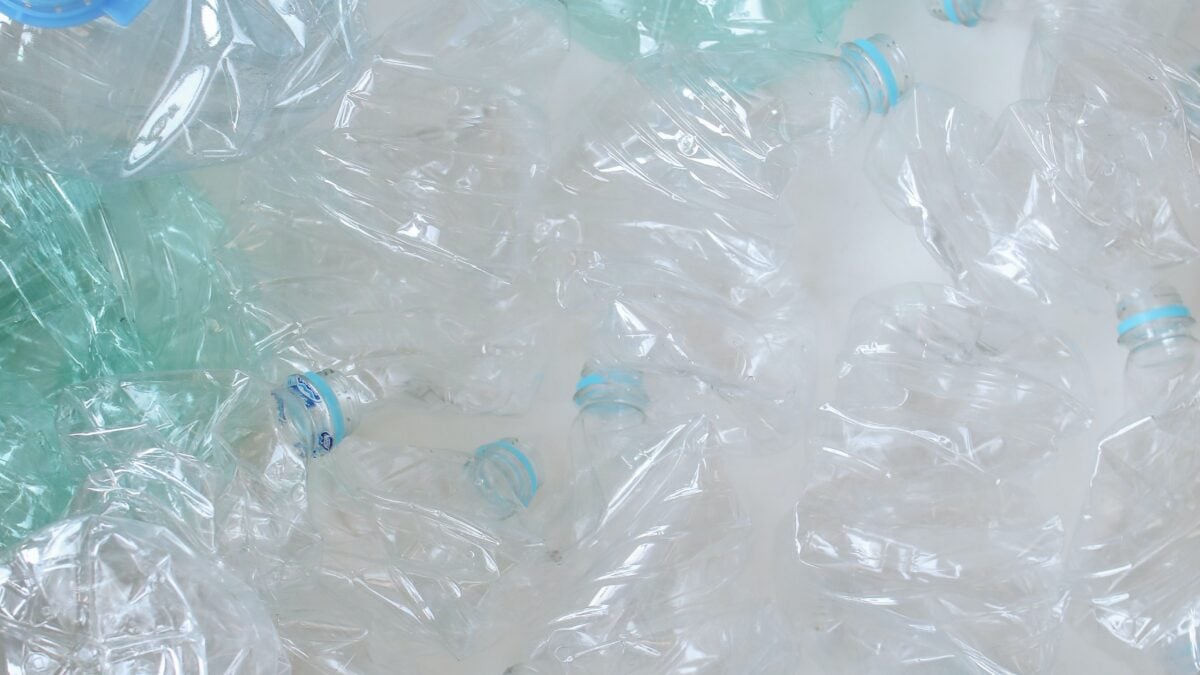
Recycling Numbers: Do You Know The Plastic Recycling Codes? ♻️
Recycling Numbers ♻️: In this blog, we will discuss the 7 recycling codes or numbers and help you know what you should recycle or throw in the general waste bin. Read on to learn more.
Not everyone is aware that you can recycle certain types of plastic and throw the other types in the general waste bin.
As someone who does not have general knowledge of that, how can you determine a plastic’s recyclability? Answer: it lies in its SPI code, or what we could simply call the plastic’s recycling number or code. As mentioned above, Waster will give its readers an overview of the different types of plastics. Additionally, we will determine what you should consider before recycling plastic. Should you follow plastics’ recycling numbers or codes?
Below, we will expand on that.
>Download Now: Free PDF Business Owners Guide To Commingled Recycling Bin Services
A bit about Waster
Before we go further with plastics’ recycling numbers, let me share with you more information about Waster.
We here at Waster provide you with innovative solutions for you and your business’s waste management and recycling needs. Furthermore, we provide flexible, 30-day contracts instead of the typical lock-in contracts, which proves to be better.
Click on the blue button to learn more.
Know your plastics with recycling numbers
Obviously, it can become quite confusing for the average citizen to determine a plastic’s recyclability based on its recycling symbol without prior knowledge about it. First things first, there exist 7 types of plastics. If you memorise these 7 plastic numbers, you will not have too many problems determining them, particularly because manufacturers usually print out a plastic item’s recycling symbol number.
Determining the recyclability of a certain item has become even easier with the arrival of the Australasian recycling labels.
Different kinds of plastics and their recycling numbers
It is hard to determine whether a plastic item is recyclable or not. What’s more – the product might have a “recyclable” label engraved on it, but that does not mean your local council will accept it right away. It is best to contact local authorities first before putting a plastic product in the kerbside recycling bin.
With that being said, it is still important to know the different kinds of plastic so that you will have a better idea of how to handle them. Basically, we encourage you to engrave in your hearts and minds what to (and what not to, of course) recycle. So, we enumerate the 7 different plastic recycling numbers:
Easily recycled ones
PETE or PET (#1) – the first of the plastic recycling numbers. It is abbreviated from Polyethylene Terephthalate, it is most commonly found in soda, water, and juice bottles. Additionally, it is also found in most food packaging. This type of plastic is often clear in colour. It is one of the most recyclable types of plastic and most recycling programmes accept them. They can either be reprocessed into recycled plastic bottles and packaging or turned into fibre for the creation of textile products such as fleece garments and carpets.

HDPE (#2) – the next type of plastic is derived from High-Density Polyethylene. The second one of the recycling numbers is also known as commonly recycled plastic. You can usually find this type of plastic in milk jugs, household carpet cleaner and detergent containers, and also some plastic bags. Furthermore, they are considered a safe form of plastic. Recyclers often turn the recycled HDPE into plastic lumbers, bed liners and picnic tables. Looking for a way to recycle your HDPE products? You can recycle these soft plastics at supermarkets with the REDcycle bins.
Important Note: As of 9 November 2022, REDcycle is on a temporary pause.
More or less not recyclable like the first two
PVC (#3) – the third of the plastic recycling numbers are derived from the words Polyvinyl Chloride. You can usually find it in plumbing pipes, windows, and in some cases, cooking oil and shampoo bottles. Specialised recycling programmes are done to process it into flooring and panelling. Additionally, it is to be kept away from foods and drinks because of its toxicity.
LDPE (#4) – or Low-Density Polyethylene. We can consider this as a clean and safe plastic like its counterpart: HDPE. The common people usually find them in their household items like frozen food containers, condiment bottles, and shopping or produce bags. Recycling facilities usually turn LDPE into garbage cans, bubble wrap, and flooring.
PP (#5) – or Polypropylene. We can usually find them in Tupperware boxes, medicine bottles, and ketchup bottles. It makes a great hot liquid container because of its high melting point. Additionally, recycling programmes can accept products made from PP and turn them into clothes, playground equipment and ice scrapers.
Hard to recycle
PS (#6) – polystyrene or what we commonly know as styrofoam is usually found in takeaway coffee cups and egg cartons. Unlike the ones stated above, recycling facilities usually find it hard to recycle styrofoam because of low demand; you cannot recycle PS and turn it back into recycled PS, so the closed-loop recycling concept does not apply. But if you still want to recycle it, you can contact your local council and ask if the facilities available accept such plastic.
Mixed Plastics (#7) – the last of the plastic recycling numbers, also known as “other plastics”. Depending on your local council, you may or may not recycle such type of plastic. But more often than not, recyclers do not accept mixed plastics. Additionally, they also contain the dangerous chemical BPA, a known toxic, synthetic compound that compromises one’s fertility.
Recycling numbers: how to easily determine what plastic items to recycle
As we have mentioned above, you still have to think about where to send your recyclable plastic. Not every plastic deemed recyclable can go through your recycling bin.
Yarra City Council shared good advice: do not follow the number. Some examples of plastics you can put into the recycling bin and recycle include the following:
- Cleaning product bottles
- Detergent bottles
- Ice cream containers/lids
- Juice bottles
- Milk bottles
- Shampoo, conditioner, shower gel bottles
- Soft drink bottles
Conclusion
Remember that the higher the recycling symbol number, the less chance the plastic product has of being recycled in your local waste facilities. However, through the power of science and technology, managing and recycling plastic has become more doable than in the past. An example of that is the recycling robots blog we have linked above, which we encourage you to read to learn more.
Contact Waster today for your waste and recycling needs!
Are you a business in need of waste and recycling bin services?
If so, please call 1300 WASTER (1300 927 837). You can also email us at enquiries@waster.com.au if you have any further questions. Find the best deals in terms of waste and recycling pricing and services!
3 Comments
Leave a Reply Cancel reply

Product categories
Most Popular Posts
-
Commercial Waste Management Services: Reduce Waste Collection Costs! 🚍
-
Medical Waste Disposal: Everything You Need To Find Out In 2024! 💉
-
Rubbish Removal Sydney 2024: Better Bin Collections For Business ✅
-
Clinical Waste Disposal 2024: What To Know About Business Clinical Waste ⚕️
-
Secure Document Destruction 2024: All About Security Bins Shredding 🔒
-
Free Cardboard Recycling 2024: Can I Get Free Cardboard Collection? 📦
-
Confidential Paper Disposal Bins 2024: What You Need To Know About Shredding! 🔒
-
Recycling Bins Australia 2024: Recycling Can Boost Your Profits! ♲
-
Commercial Wheelie Bin Collection: What Businesses Need To Know In 2024 🗑️
-
Commingled Recycling 2024: Why Commingled Bin Is Key To Recycling 🍾


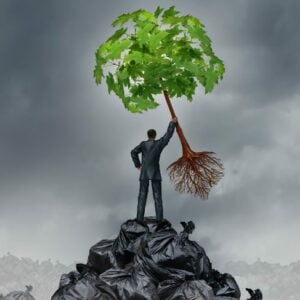
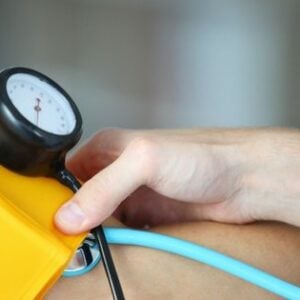
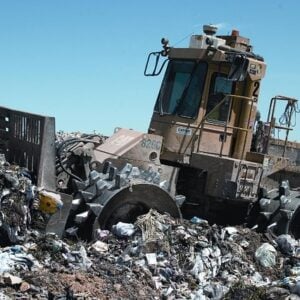
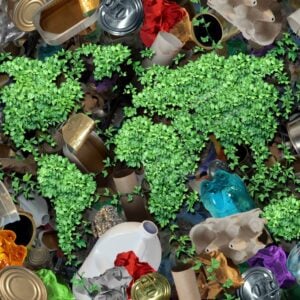
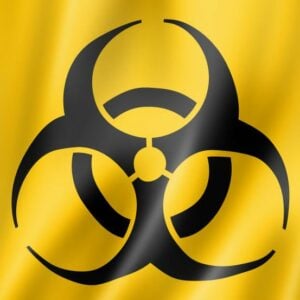
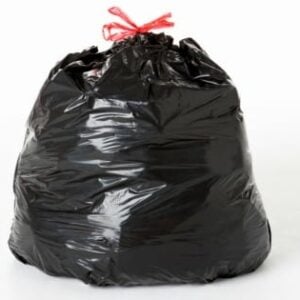
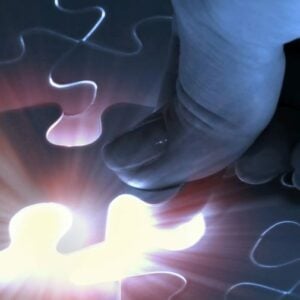
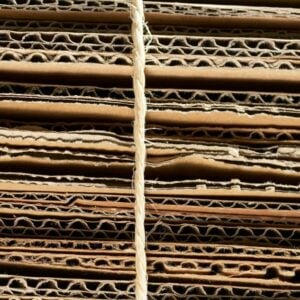
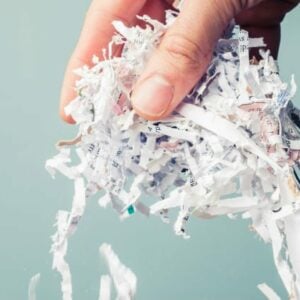

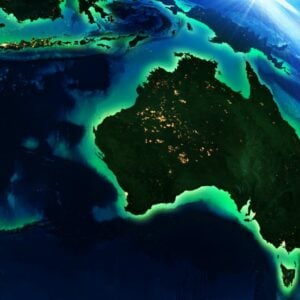

I’m just an average person and curious as I usually am I was about to chuck my Rexona underarm deodorant roller when I noticed I could lift the label from the corner behind the bottle and under this label was two recycling numbers, a triangle with a 4 for housing and a triangle with a 5 for bottle. Is it okay to place this in my recycling bin in Tamworth?
Hi Warren
Plastic #4: LDPE (Low Density Polyethylene) – Plastic #4 is used to make shopping bags, clothing, carpet, frozen food, bread bags and some food wraps. It is uncommon for this plastic to be collected in kerbside recycling programs. It is commonly recycled into compost bins, panelling, garbage bags and floor tiles.
Plastic #5: PP (Polypropylene) – Plastic #5 is used to make yogurt containers, sauce bottles and medicine bottles. It is becoming more common for this plastic to be collected in kerbside recycling programs. This plastic is commonly recycled into bins, pallets, and auto battery cases to name a few.
Basically – the number 4 would be best at redcycle in supermarket collection points. The number 5 will likely be fine to place in commingled – but best check with the Tamworth council as rules change by council
I am wanting to recycle e-waste in Toowoomba. What I noticed though, is that there is a lot of plastic either #7 or not marked with a symbol. Is there a market for granules of these plastics? If not, what should I do with this waste?